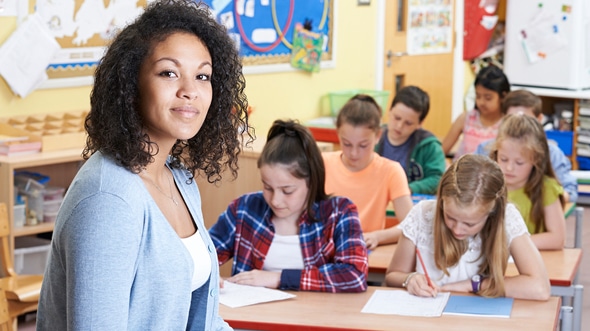Although any child can exhibit behavior issues in the classroom, individuals with learning disabilities often have more conduct problems than their peers. Knowing that he has a learning disability sometimes causes a child to “act out” at home, in class, or other situations. Positive reinforcement is often used to help these students reach desired behaviors. Does it work?
Positive reinforcement, rather than negative reinforcement, can motivate students to stop acting in unacceptable ways. As part of an individually designed behavior intervention plan, positive reinforcement can be used to make specific changes to the environment to alter unwanted behavior. Where negative reinforcement usually involves some punitive discipline, positive reinforcement is a group of techniques that adults can use to aid students with behavior or academic issues to increase favorable behaviors.
Positive reinforcers aid students in learning behaviors necessary to have both social and academic success and increase targeted behaviors. While they are like a reward system, they are not just given one time as a “good job” type of prize. Positive reinforcement increases wanted behaviors over a specific period.
Positive Reinforcement Examples
Any consequence, reward, or action that increases the desired behavior for a particular student can be a positive reinforcer. It is important to get to know the child, as this provides clues as to what will work for the individual. What may be a great reinforcer for one child may not be a motivator for another. Privileges and rewards like free time, a snack, school supplies, books, gold stars, a note from the teacher, etc., can all be effective positive reinforcers depending on the child and his interests.
When Positive Reinforcement Doesn’t Work
Sometimes positive reinforcement doesn’t work to change student’s behavior. In these cases, other options may be necessary. It is important to note that if positive reinforcement doesn’t work, then negative reinforcement like taking away privileges or a coveted object like a cell phone may get better results.
PrepForward offers a course on teaching students with disabilities. For each disability, the course includes approaches for lesson planning, effective teaching, classroom management, assessment, strategies for outside the classroom, and technical support tools.

